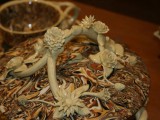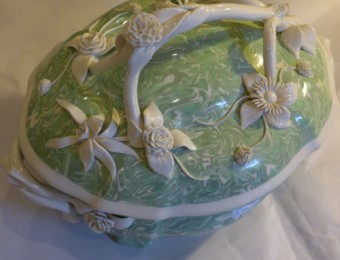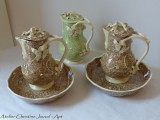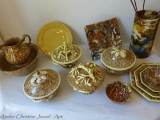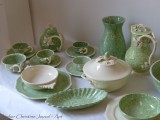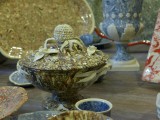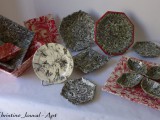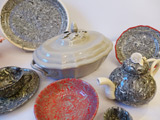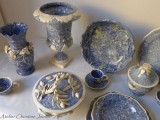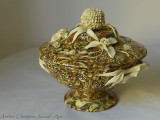Mixed clays technique
This unique, traditional Apt faience-making skill using ancient techniques has remained unchanged for several generations of Master faience-makers.
The marbling is achieved through a subtle process mixing clays each with its own specific colour. Several notes of different colours give rise to a symphony of colour when the mixing is finished. Once the assembling is complete, a precious clay is obtained whose appearance is only equalled by marble or agate. The pattern of veins of colour is in the interior of the clay as well as on the surface.
There is a varied palette of colour; there is in infinite number of mixtures possible, such that only a visit to the pages on this site showing products will enable you to see the contemporary luminous tints.
The marbled and the pit-fired are two types of mixed clays produced in workshops and peculiar to Apt. Above all, they are the fruits of long, tedious work of mixing by hand, with each stage controlled – texture, humidity – the time is regulated, but also the number of times the clay is handled is counted.
The clay paste prepared and obtained will then be worked by stamping in convex or concave plaster moulds (negative/positive), avoiding turning and taking care not to alter the design present through the whole thickness of the material, so as to avoid “neriage” in the design which, by necessity, is linear.
Apt faience is different from other mixed clays in its typical motif; it is called “La Nougatine”, referring to the warm colours of honey and almond beige, or sometimes given the attractive names of “Brocatelle” (a type of brocade) or “Porphyry” clay.
